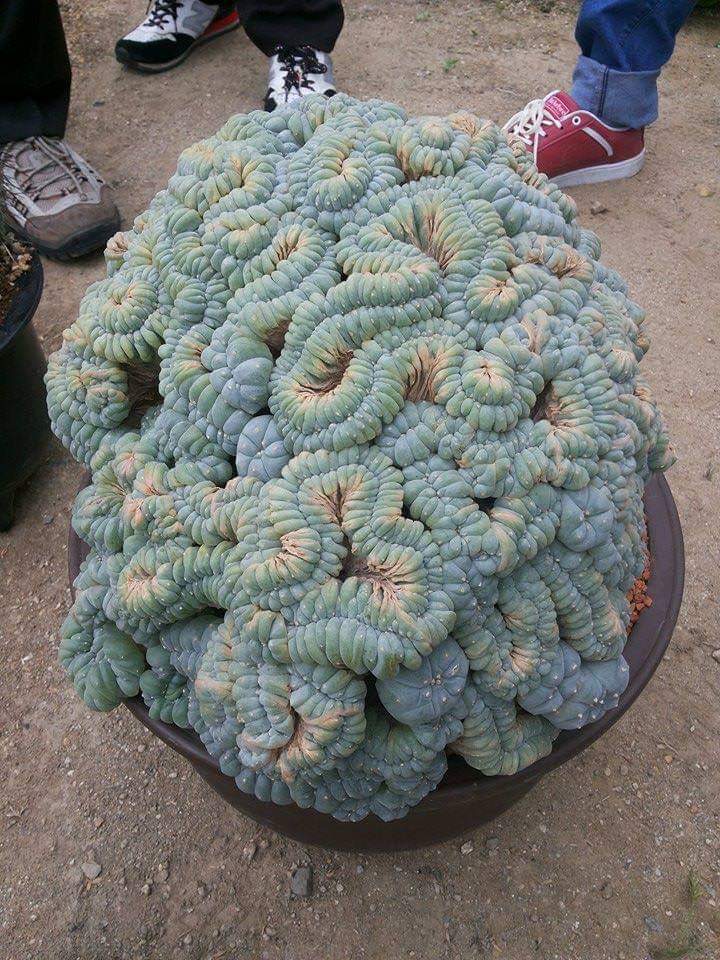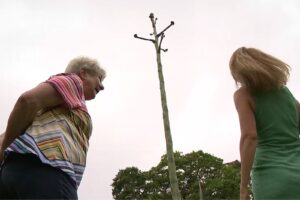The peyote cactus (Lophophora williamsii) is an iconic and culturally significant plant known for its psychoactive properties. Its use dates back thousands of years among Indigenous peoples, primarily in North America. However, in contemporary society, the legal status of peyote raises numerous questions. This article seeks to delineate the complexities of peyote’s legality, exploring its historical context, current regulations, and implications for cultural and therapeutic use.
Understanding the legal framework surrounding peyote necessitates an exploration of its historical significance. Peyote holds a sacred place in the spiritual practices of various Native American tribes, who utilize it in religious ceremonies. The psychoactive compound contained within peyote, mescaline, induces altered states of consciousness that are integral to these spiritual rituals. This historical backdrop adds a layer of complexity to any legal discussion, as it intertwines cultural rights with contemporary drug policy.
Moreover, the narrative surrounding peyote is interlaced with broader discussions about other psychedelics and their resurgence in public interest, particularly in therapeutic settings. Thus, it’s essential to examine how these factors play into the legal status of the peyote cactus at both the federal and state levels.
The legal status of peyote can be characterized as a mosaic, with different regulations applying across various jurisdictions. In the United States, the regulation of peyote is dominated by the Controlled Substances Act, wherein it is classified as a Schedule I drug. This classification signifies that peyote is deemed to have a high potential for abuse and lacks accepted medical use. Consequently, the cultivation, possession, and sale of peyote are generally illegal for the general population, opening up a dialogue about the nuances of enforcement.
However, the Controlled Substances Act includes a unique exemption for the use of peyote by recognized Native American Church members. Under the American Indian Religious Freedom Act (AIRFA) of 1978 and subsequent legal interpretations, these individuals are permitted to use peyote in their religious ceremonies. This legal carve-out acknowledges the cultural significance of peyote while simultaneously recognizing the right of Indigenous peoples to practice their spiritual traditions.
This exemption for Indigenous use significantly complicates the overall legality of peyote. Non-Native individuals, particularly those outside the recognized religious contexts, remain subject to the stringent regulations governing peyote. Thus, engaging with peyote without proper authorization or within the accepted cultural practices can lead to serious legal repercussions.
Shifting gears slightly, it’s pivotal to explore legal variances at the state level. While the federal stance remains stringent, certain states have adopted policies that reflect an evolving perspective on entheogens, including peyote. Some states have proposed or enacted legislation that either decriminalizes or reduces penalties associated with peyote use or possession. These movements often stem from a larger trend toward drug reform, where a focus on public health and personal liberties is becoming more prevalent.
In addition to legal variances, the discourse on peyote also delves into the ethical considerations surrounding its use and cultivation. The overharvesting of peyote due to its increasing popularity poses significant risks to its natural populations. As such, ethical sourcing and conservation become integral to discussions about peyote, both within Indigenous communities and in broader societal contexts. Responsible stewardship is vital to maintaining the sanctity of this revered cactus amidst growing interest.
Another salient aspect of the legal landscape involves the intersection of peyote with modern psychotherapy and research. Like many substances classified as controlled, there’s a burgeoning interest in the potential therapeutic benefits of psychedelics, including mescaline. Clinical trials exploring these compounds have been expanding, leading researchers to grapple with both ethical and regulated uses of these substances. While studies on mescaline are still in relatively nascent stages, there is an ever-increasing chatter around how psychedelics could revolutionize the treatment of mental health conditions, presenting arguments for reevaluating peyote’s legal status.
As the understanding of psychedelics deepens, debates surrounding the medical and spiritual use of peyote will undoubtedly continue to unfold. Advocates argue for a reconceptualization of peyote’s legal classification, emphasizing the necessity of distinguishing cultural and therapeutic uses from recreational consumption. This discussion converges with a larger movement to destigmatize psychedelics and encourage scientific exploration while respecting Indigenous rights and practices.
In conclusion, the legal status of the peyote cactus is a multifaceted topic that encompasses historical, cultural, ethical, and medical dimensions. Recognizing our evolving understandings of both the plant and the legal frameworks governing it is crucial. As society grapples with the implications of legality versus spirituality, the discourse surrounding peyote will undoubtedly evolve, demanding a balanced consideration of cultural heritage, personal freedoms, and ecological sustainability. The future of peyote lies at the intersection of these dialogues, poised for potential reform as the collective consciousness continues to expand.





Leave a Comment